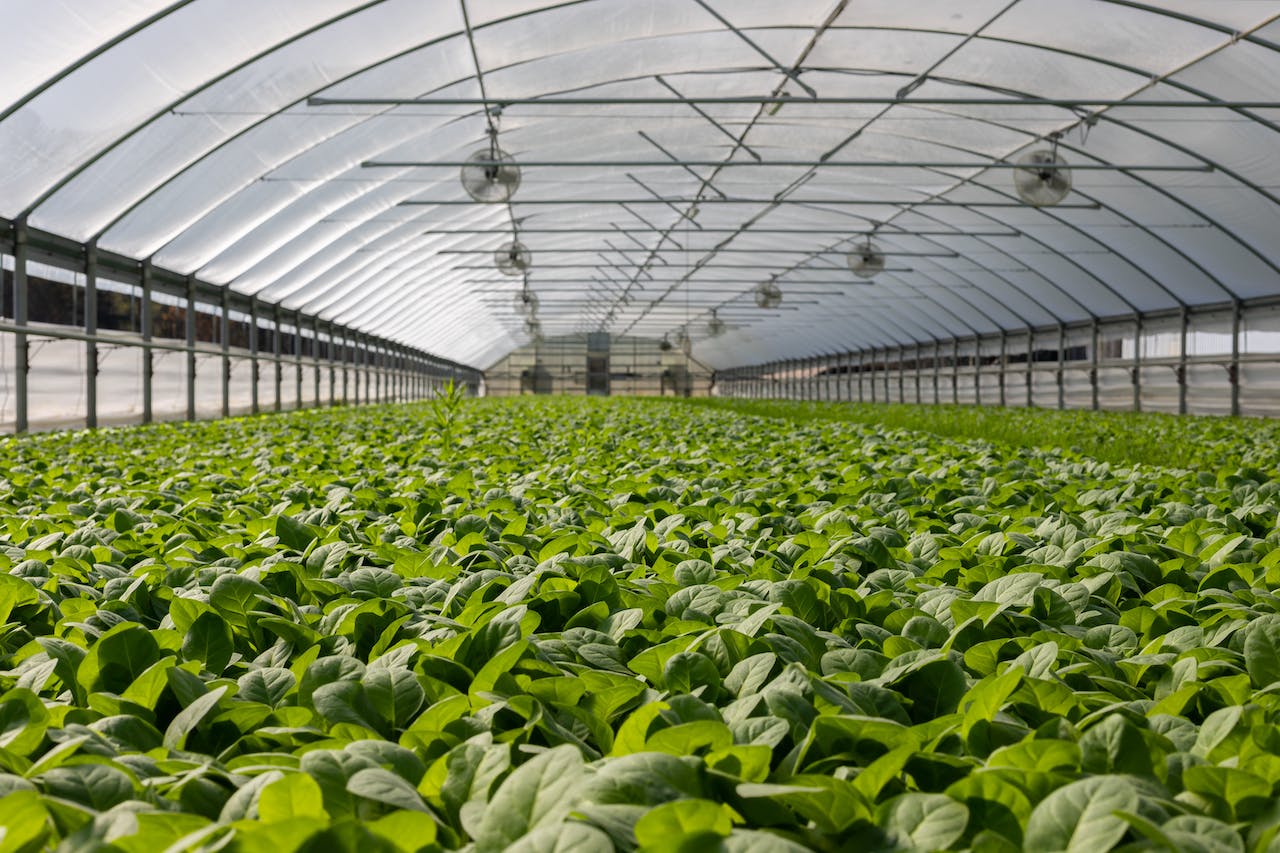How to Prioritize Projects on Your Homestead
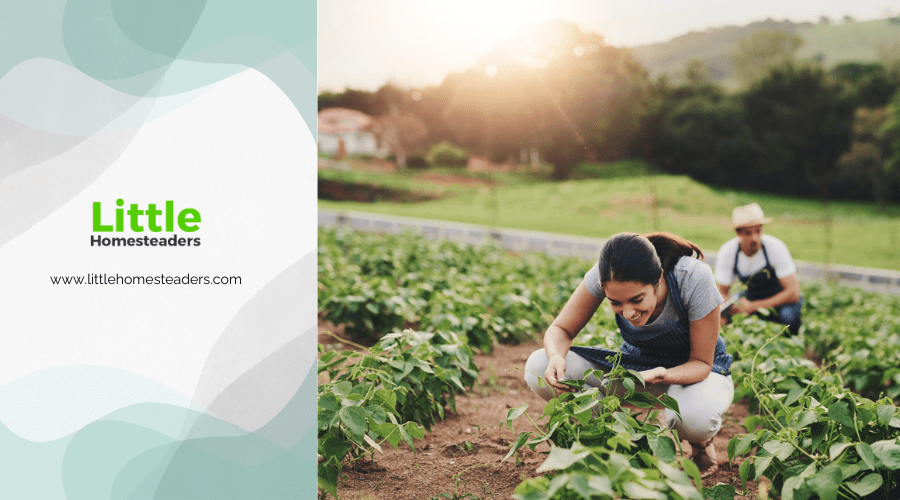
Living on a homestead means there’s always something that needs doing. Whether it’s fixing a fence, planting a garden, or upgrading a system, the to-do list can feel endless. Without a plan, it’s easy to feel overwhelmed. That’s where learning to prioritize comes in. When you focus on what matters most and tackle projects in a thoughtful order, you’ll not only save time and money but also keep your homestead running smoothly.
This guide will provide practical steps for evaluating, planning, and organizing your projects. By the end, you’ll have a clear path to balancing your homestead’s needs with your long-term goals.
Step 1: Assess Your Homestead's Needs
Before diving into projects, take a step back to evaluate your homestead as a whole. This is a critical step to understanding where your attention is most needed and what can wait.
Evaluate Infrastructure and Systems
Start by walking around your property and noting what needs attention. Are there fences falling apart, roofs with leaks, or trees that need trimming? Look for things that could pose immediate risks to your family, animals, or property. At the same time, inspect essential systems like your water supply, heating, and drainage.
Think about what would cause the biggest problems if it failed. For example, a faulty water pump could disrupt your daily routine far more than a peeling coat of paint on a barn. Addressing these critical needs first is a smart way to keep your homestead functional.
Prioritize Food Security and Self-Sufficiency
Food is a cornerstone of any homestead. Take a close look at your gardens, orchards, and livestock. Is your garden producing enough for your family’s needs? Could you add more perennials like fruit trees or bushes to reduce reliance on annual planting? These projects don’t just provide food—they also boost your long-term resilience.
If you’re raising animals, assess their living conditions. Are there improvements you can make to shelters, feeders, or fencing that would benefit them and make your work easier? Even small changes, like installing automatic waterers, can save you time and energy.
Look for Ways to Optimize
Sometimes, improving how you do things can make all the difference. Are you walking back and forth across the property to get tools or haul water? Maybe adding a storage shed closer to your work area or setting up a rainwater catchment system would save time. These efficiency-focused projects might not feel urgent, but they often pay off quickly in convenience and reduced effort.
Step 2: Establish Clear Project Goals
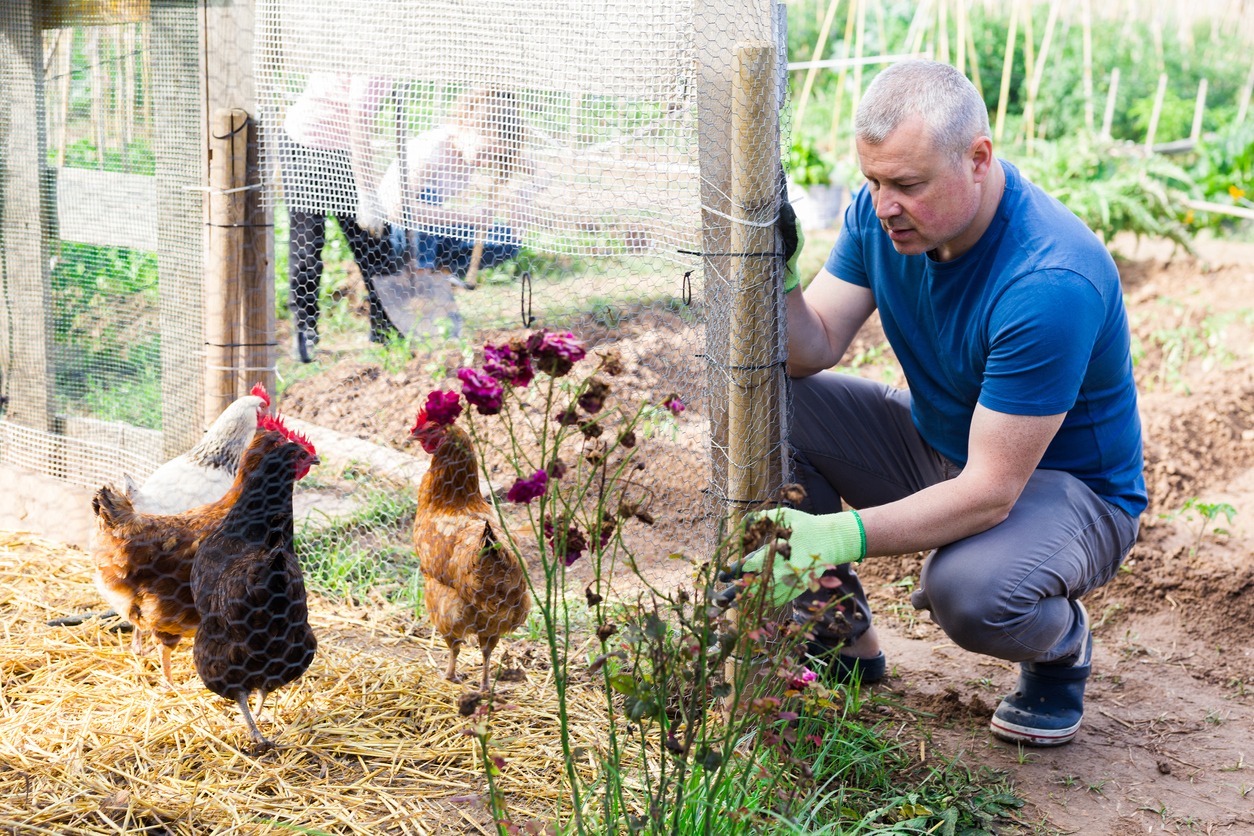
Once you’ve assessed your homestead’s needs, it’s time to clarify what you want to achieve. Without clear goals, it’s easy to get distracted or lose momentum.
Define Specific and Measurable Goals
Vague goals like “improve the garden” don’t help much. Instead, be as specific as possible. For example, “Build three raised garden beds and plant fall vegetables by October 15” gives you a clear target. The more measurable your goals, the easier it is to track progress and feel accomplished when you complete them.
Breaking larger goals into smaller tasks can also help. For instance, “Build a chicken coop” becomes “Design the coop,” “Buy materials,” and “Assemble the structure.” Each step brings you closer to the finish line without feeling overwhelmed.
Align Goals with Your Vision
Think about why you started your homestead in the first place. Is it to grow your own food, live sustainably, or create a peaceful family retreat? Let your long-term vision guide your goals. If self-sufficiency is your dream, projects like expanding your vegetable garden or investing in solar panels might take priority over aesthetic improvements.
Involve Your Household
If you’re not the only one living on the homestead, include your family or housemates in setting goals. Sit down together and talk about what’s most important to everyone. When everyone is on the same page, it’s easier to divide tasks and work toward shared objectives. Kids, for instance, can help with planting seeds or collecting eggs, while adults handle more complex jobs.
Step 3: Evaluate Resource Availability
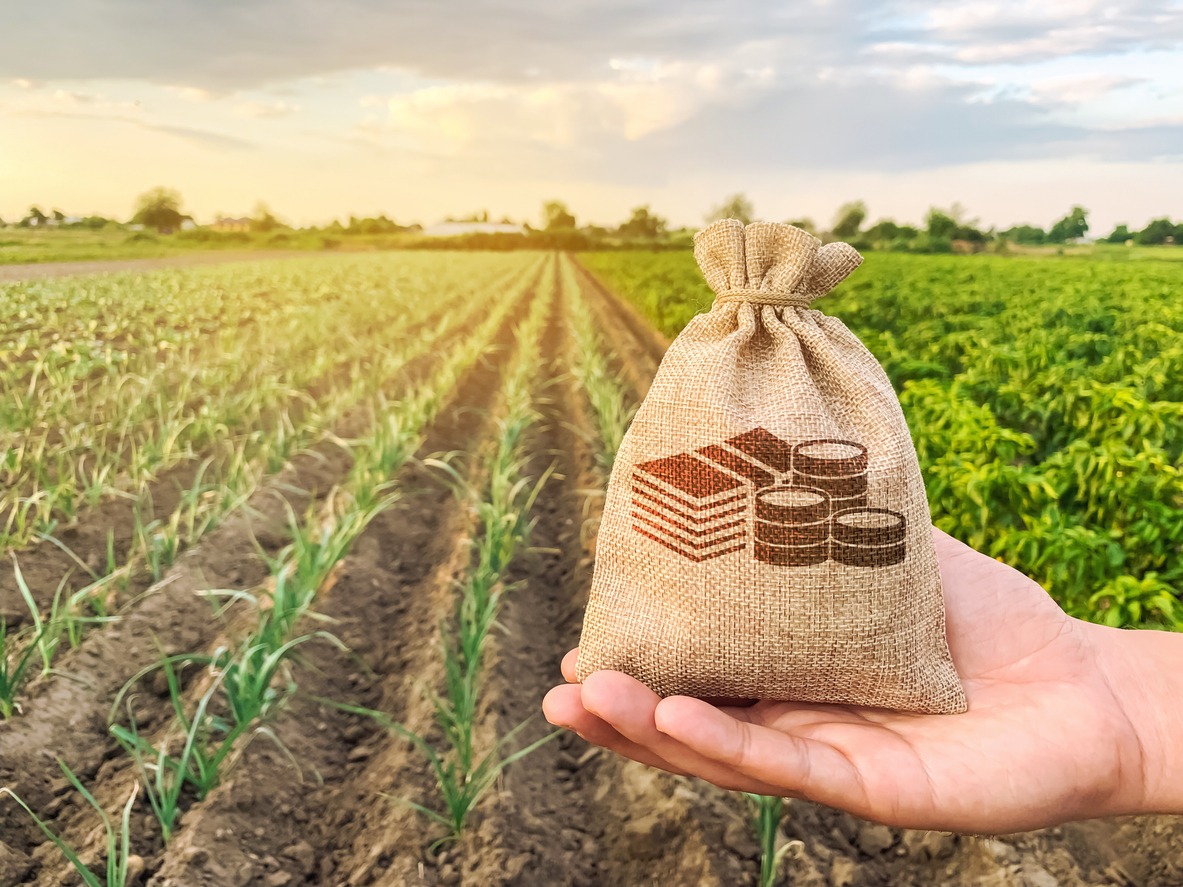
Every project requires time, money, and effort. Taking stock of your resources ensures you don’t overcommit or start something you can’t finish.
Assess Financial Resources
Look at your budget and figure out what you can afford to spend on homestead projects. If money is tight, prioritize low-cost tasks or those that save money over time, like repairing instead of replacing. For bigger projects, consider breaking them into phases so you can spread the cost out over time.
Some upgrades, like insulating your home or setting up a solar water heater, might cost more upfront but can save you money in the long run. Thinking about the return on investment can help you make smarter financial decisions.
Account for Time and Energy
Time is just as important as money when it comes to homesteading. Think realistically about how much time you can devote to projects each week. A weekend task might be feasible, but a month-long build might not fit into your schedule if you’re juggling other responsibilities.
Also, consider how physically demanding a project is. Some tasks, like building a fence, require a lot of energy. Plan these around your capacity to avoid burnout. Spreading out labor-intensive projects can make them more manageable.
Review Skills and Tools
Do you have the skills and tools needed to complete your projects? If not, consider whether you can learn the skills, borrow the tools, or hire someone to help. For instance, if you’re installing a new irrigation system but have never done plumbing work, you might need to watch tutorials or call in an expert for certain parts of the job.
Step 4: Prioritize Safety and Functionality
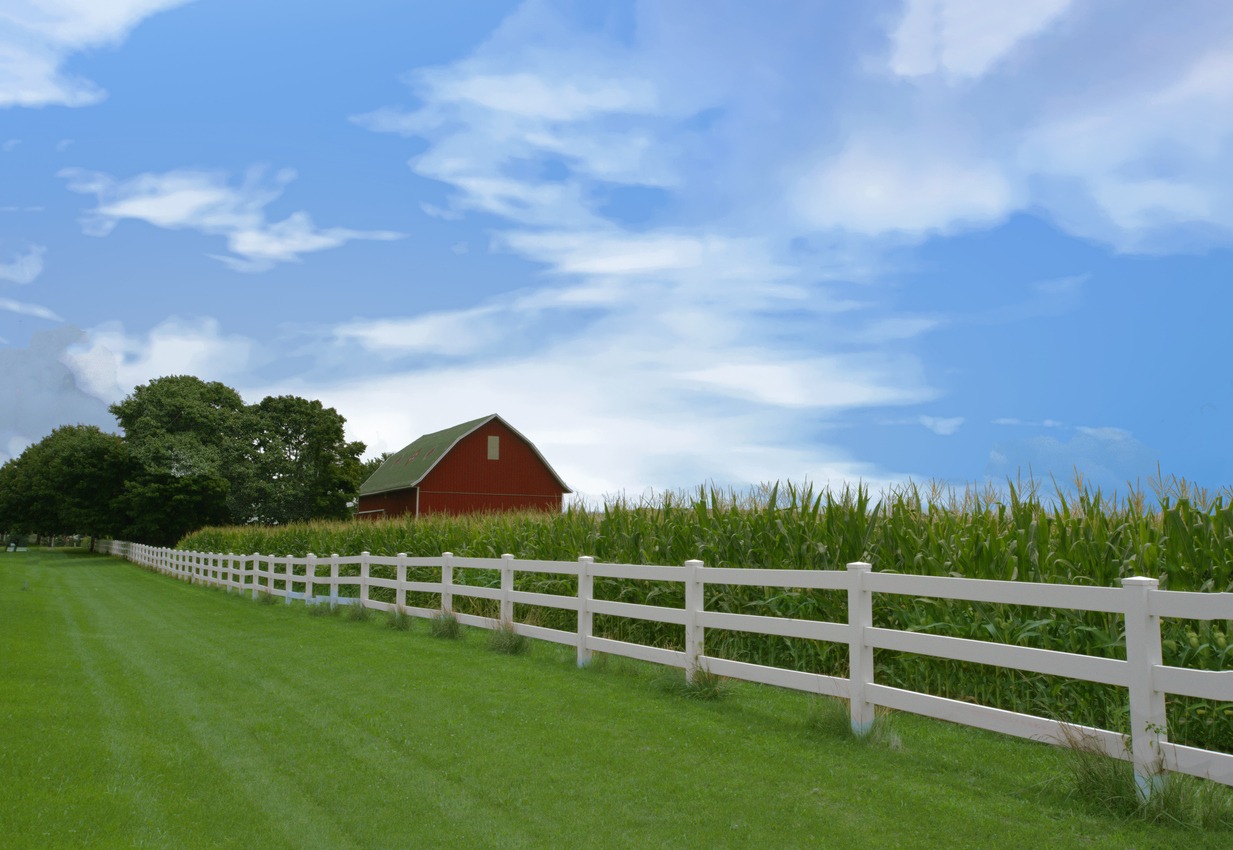
When it comes to homesteading, safety and functionality should always come first. Taking care of these projects ensures that your property is a safe and productive place to live and work.
Address Immediate Safety Hazards
Start with anything that could cause harm. Broken fences, unstable structures, or exposed wires should be at the top of your list. These issues pose risks to both people and animals, and fixing them quickly can prevent accidents or injuries.
Upgrade Essential Systems
Once safety issues are resolved, focus on essential systems like water, electricity, and heating. For example, if your water pump is unreliable or your septic system needs maintenance, these should take precedence over cosmetic improvements. A homestead with reliable systems is not only more comfortable but also less stressful to manage.
Incorporate Sustainability
When making upgrades, think about long-term solutions that align with sustainable living. For instance, if you’re repairing your roof, consider installing gutters for rainwater collection at the same time. Small additions like this can significantly enhance your homestead’s efficiency and resilience.
Step 5: Create a Realistic Timeline
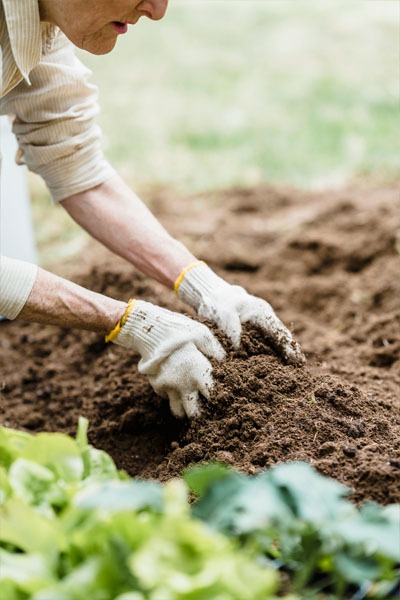
Even with clear priorities, it’s easy to get overwhelmed by the sheer number of projects on your list. A realistic timeline helps you break things down into manageable steps.
Plan for Urgency and Seasonality
Some tasks can’t wait, especially those tied to the seasons. Preparing garden beds needs to happen before planting time, and insulating your home is best done before winter hits. Use seasonal cues to organize your projects and tackle urgent ones first.
Group Similar Tasks
If you’re already working on one area, look for other tasks you can do simultaneously. For example, if you’re repairing your barn roof, it might be a good opportunity to repaint it. Combining similar projects saves time and minimizes disruption.
Build in Flexibility
Life on a homestead is unpredictable. Weather changes, equipment breaks, or emergencies can throw off even the best-laid plans. Build extra time into your schedule so you’re not scrambling when things go sideways.
Step 6: Balance Short-Term and Long-Term Goals
A successful homestead requires balancing immediate needs with long-term plans. This approach ensures you’re not just putting out fires but also building a future.
Address Immediate Fixes
Projects like repairing a broken gate or patching a leaky roof can’t wait. Tackling these tasks early prevents them from becoming bigger problems down the line.
Invest in Long-Term Improvements
At the same time, carve out time for projects that will benefit you in the future. Planting fruit trees or setting up a solar array might not pay off immediately, but they’re investments that will make your homestead stronger over time.
Conclusion
Prioritizing projects on your homestead might seem daunting, but with a clear plan, it’s entirely manageable. Start by assessing your property, setting specific goals, and evaluating your resources. Focus on safety first, then create a timeline that balances immediate needs with future aspirations. Above all, remember that progress—even slow progress—is still progress.
Take a moment now to think about your top three priorities. Write them down, and get started on the first one today. Your homestead will thank you for it.


